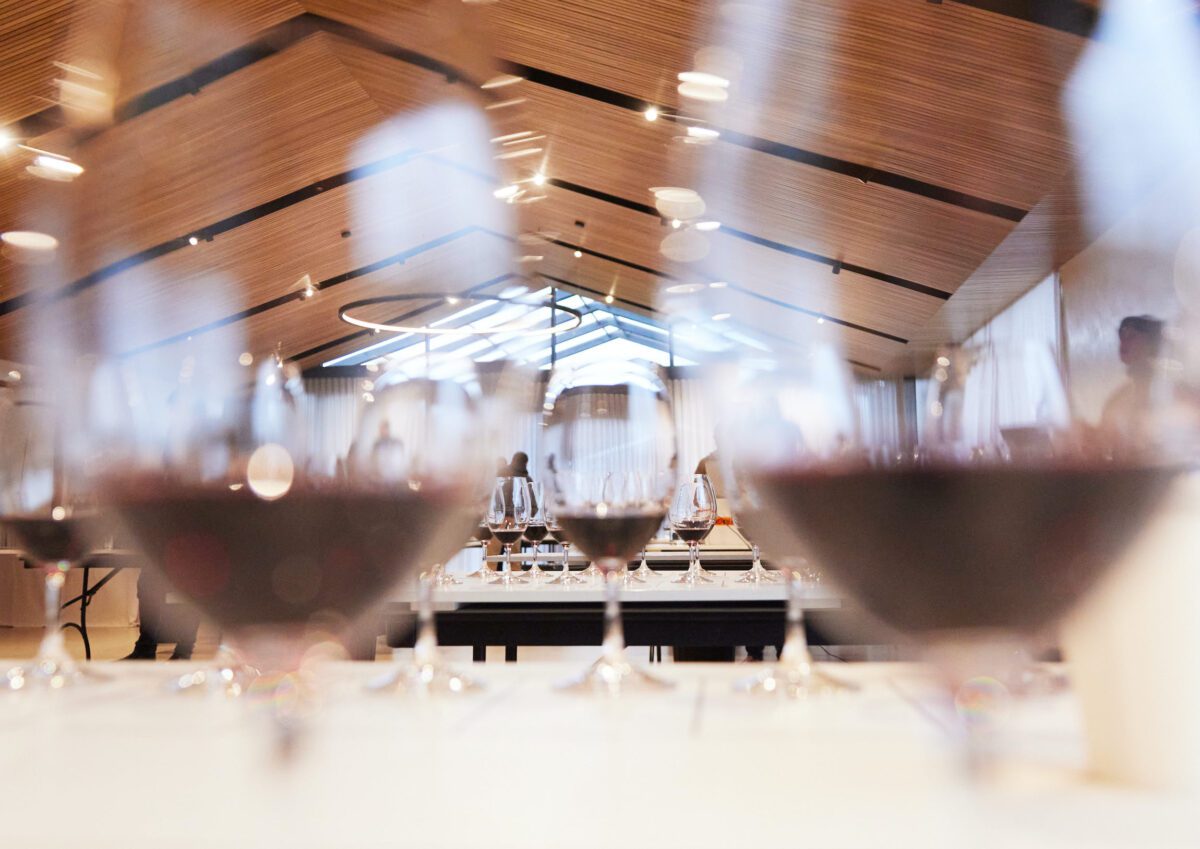Winemaker Tom Carson responds to the anonymous letter published in WBM recently about nepotism in the Australian wine industry.
Firstly, I’ll put my name to this – Tom Carson. I am a member of the Len Evans board of Trustees. I have been judging for the last 20+ years and have chaired Royal Melbourne Wine Show, Royal Brisbane Wine Show, National Wine Show and judged at least once at every capital city wine show.
I have no idea what wine show system the anonymous writer is referring to as it is not the current show system that myself and my peers have been involved in reforming for the last 20+years.
I was bewildered to read the recent article on apparent nepotism in the wine show system and the broad and varied accusations from the unnamed source, but giving no examples of such.
If I was reading this article in 1994, some 30 years ago, I would wholeheartedly agree.
The wine show system was a cabal of old white men, generally big company winemakers that controlled who judged at what show and when and what wines won.
It was not uncommon for judges to have judged at shows continually for many years, even decades without the thought crossing their mind that they needed to let some fresh blood into the system.
The Melbourne Wine Show for many years was a prime example; one of the previous chairs had sat for at least 20 years continually in the role and the same judges turned up every year.
Many of the capital shows were the same. Brisbane had a judge that had sat for 30+ years. There was no diversity on the panels, nearly no women, sommeliers, wine trade, journalists, just winemakers.
I graduated from Roseworthy in 1991 and for at least 10 years tried to get an opportunity to associate judge at any show. I wrote to them, talked to people who judged and tried in vain.
The only gig I got was two years at the then Lilydale Wine Show as an associate because I was working in the Yarra Valley, it seems.
It was near impossible to break into a capital city wine show.
However in 2002 I attended the Len Evans Tutorial and thanks to Len himself, some opportunities opened up.
Len founded the Tutorial because he could see the show system was at a crossroads, the same judges continued to control the shows and there was very little opportunity for any newcomers.
Nick Bulleid has an apt story for how closed it was.
He had tried to judge at Sydney for years and was finally, after some 10 years, offered a judging role as an associate. He faxed back (yes faxes were a thing in the day) his acceptance with a question, ‘Who died?’.
The Len Evans Tutorial has achieved incredible results in training, identifying and promoting new judges into the system.
Many of the 250+ scholars have judged, chaired, sat on wine show committees and contributed to revolutionise the way shows are judged, how judges are selected and committees approach their shows and engagement with the wine industry in general.
The ASVO has importantly contributed in recent years with the ASVO wine show guidelines that had broad industry consultation and was tirelessly worked on by many industry representatives.
It maps out how shows should be run and how they should approach everything in the show from conflicts of interest to rotation policies and everything in between.
I suggest the unknown author have a read of that document.
Many shows have adopted this as a guiding document.
I have chaired a number of shows and have seen the reluctance of judges to move on.
In my first year as chair of the National Wine Show in 2008, one of the panel chairs proudly announced it was his 28th year at Canberra. I thought, yes, and it’s your last if I have anything to do with it.
I know a number of my peers that went through those first few years at the LET and went onto judge, panel chair and chair shows, all encountered this and as we got opportunities to influence the committees and change the way shows are run, we could see change happening.
Getting wine industry representatives on the wine show committees has been crucial to push for change.
The key move for the judging panel has been the implementation of a rotation policy.
It has been critical in keeping wines shows fresh and provide constant opportunities for aspiring judges.
Chair of show is now a maximum three years, or it should be; judges and panel chairs the same, associates two years and possibly more if promoted to judge.
I have just finished my tenure at Royal Brisbane Wine Show for the last three years.
There are five panels of five judges including associates. Over those three years nearly 50 different people have judged at Brisbane – that is turning over the entire judging panel every three years.
That is how a rotation policy should work.
I am not speaking for every wine show out there as not every show has wholeheartedly adopted the ASVO guidelines, but many of the most respected and highly regarded wine shows have.
Related content
